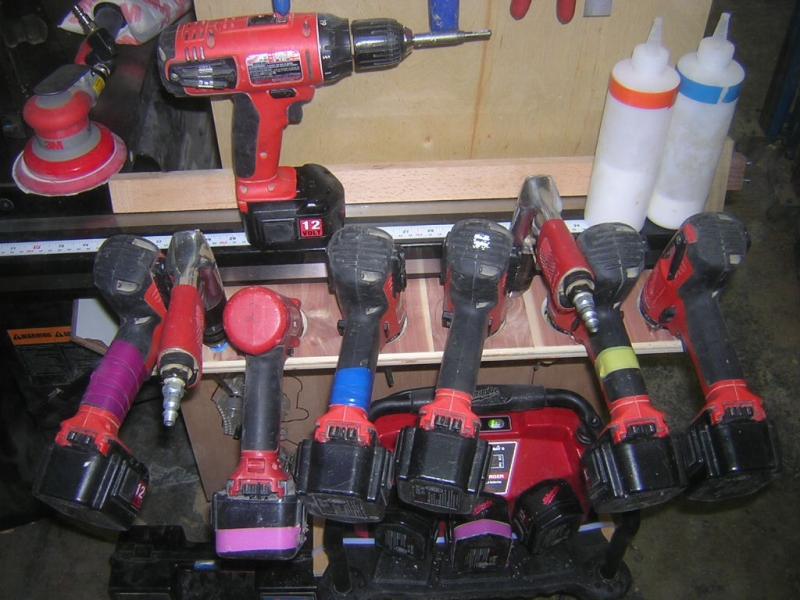Laying Out a New Shop
So brilliant, it's simple: Use full-size cardboard cutouts to mock up your layout on the shop floor before you decide. February 1, 2011
Question
My company is moving into a new location about three times the size of our current location. We only run one team currently due to space constraints, however the new location will allow for a two team/two table saw type setup. We have a Brandt edgebander and Blum hole boring machine as well that has to be located along with a spray booth and installation storage area. Is there anyone out there who can assist us with effectively setting up our floor for maximum efficiency?
Forum Responses
(Business and Management Forum)
From contributor A:
I suggest you model this out either with paper cutouts or on computer. Draw the facility to scale, then draw and cutout each piece of equipment. I have always worked layouts from both ends: start where the material comes in the door, laying out logical work areas, then when you start to get stuck, start laying out from where the finished material goes out.
You want a nice even flow - work process, with as little wasted movement as possible. In using a computer, I always drew circles of 2' diameter in scale to represent a person standing at a machine. Draw enough of these to represent workers at every work station. Draw similar figures for carts and stacks of material, your WIP. Lay all this out and mentally visualize the actual work and material motions through several complete job scenarios. This will take a few hours, probably over a few days, but will be well worth it.
From contributor R:
The best tool (for me) to do this was a piece of thin steel sheet with the building outline on it, and scale drawings of machines, carts, people, etc. glued to magnetic sheet and cut out. You can carry it around the actual space and rearrange things without them spilling all over the place. Years later, we are using the same thing to help fine tune layouts or re-arrange for new machinery and processes.
From contributor K:
Grizzly still has the Shop Planner online software you can use with common machinery. It's drag and drop and easy to use.
From contributor M:
When I laid out my last shop we made templates out of 1/8 inch scrap and laid them out. We moved carts around them, drove the fork lift around and got a feel for it. We did this for a period of about ten days, at the end of each day we went to the new place and tossed ideas around. Have your electrical drop down from the ceiling on strain reliefs so that you have some play in the placement. Always give yourself a little more room than you think you need (if possible). Paint the walls and if possible the ceiling bright white, before you get in there is the best possible time, and if you can swing it put in plenty of new lighting.
From contributor M:
I agree about laying out the shop. Even after laying my current and two previous shops out on paper, I would still make life size cardboard cutouts of all equipment and place around the shop. Then do a walk-through and keep moving things until I found the best arrangement. Even when I had other professionals assist me, I still had to make the final adjustments and placements myself.
From contributor S:
I have moved into three shops in the last four years. It sounds crazy but it has all been good. I use Google Sketchup to layout the shop. Pretty much every machine you need is already availible as a 3-D model on the Sketchup website. Then I put tape on the floor of the shop marking out the machine locations. I pretend to work, even going as far as carying lumber and sheets of plywood around to make sure the feed clearances and walk paths are good.
This time I made wooden squares out of cheep wood instead of the tape. It is a lot easier to move the squares around than the tape. Then I drop the electrical and plumbing. It is a lot easier to do this when there are no machines on the floor. Finally we install the machines.
I am very proud to say that the last three times I did this I did not need to move a single machine. I put a lot of thought into the layout. You can hire a consultant, but these guys are not usually very good at small shop layout. And they are used to companies with deep pockets. Look at other shops on WOODWEB at the Shop Gallery. There are many good shops with detailed pictures showing the layout.

Click here for higher quality, full size image

